Sometimes, but not always, we get questions like, “I don't know where to get a backup AC adapter,” “I don't know what kind to choose,” “What is the rated voltage?” and “What is the difference between center negative and center positive?” and so on. I think that many of these questions may be confusing to those who have just started collecting equipment.
This time, I would like to provide the following information for those who have just started collecting equipment.
“If you have this, you won’t have any problems!”
I would like to share with you some points to consider when selecting a power adapter.
For intermediate to advanced users, the contents of this article are somewhat obvious, but I will proceed with this article as a review of the contents.
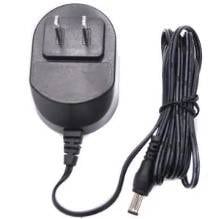
“Choosing the Three Essentials”
There are only three key points in which to choose.
The most important points to select
- Voltage, current
- Which is the center?
- Plug size
Detailed explanation
1. Voltage and Current
The voltage and current refer to the rated voltage/current. In short, it indicates how much voltage/current the adapter is capable of outputting.
(Incidentally, for input voltage, most adapters sold in Japan can be used without worrying about the input rating, since domestic power outlets are basically 100 VAC (50 Hz/60 Hz).
Check thevoltage (V/volt) and current (A/ampere) on the output (OUTPUT) side.
Voltage (V/volt) is fixed (to some extent), and 9V, 12V, 18V, and 24V are the most common.
If a device requires a special voltage, it may come with a special adapter.
The most important thing to note with voltage is that you must always select a voltage that is “the same” as the voltage listed on the device.
The voltage, in particular, may cause the equipment to malfunction if a voltage other than what’s listed on the equipment is used.
In terms of the equipment in the image below, 24V must be used.
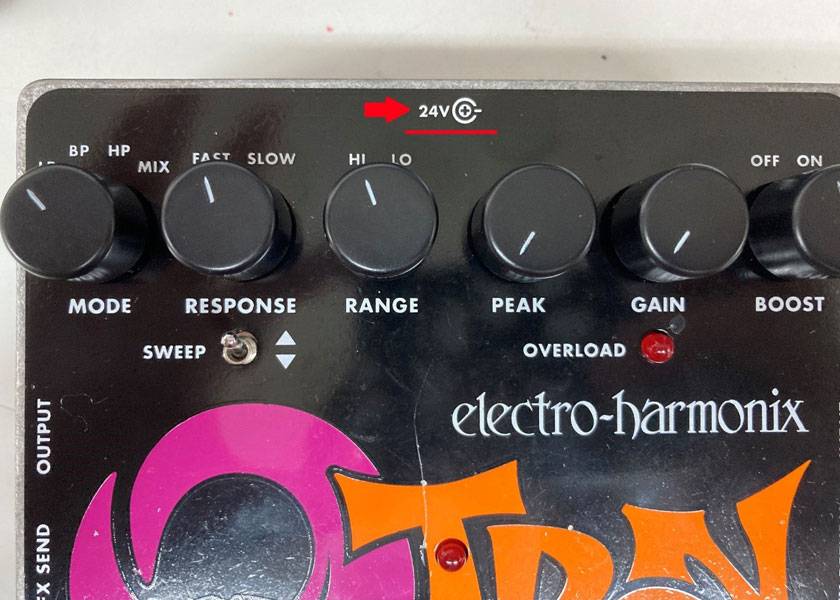
In the equipment in the image below, 9 or 18V is listed, so 9V or 18V can be used. *Depending on the device, it may be possible to expand functions with different drive voltages. For details, be sure to check the instruction manual of the device to be used.
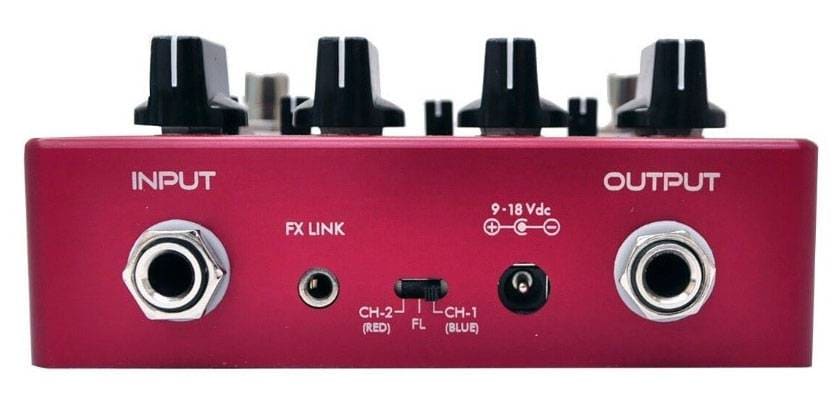
Next is the current (A/ampere).
The machine’s current consumption varies from device to device.
Some guitar effects pedals have a large current consumption (some spatial effect models), so it is better to look at the margin and choose one with a large rated current value.
The rated current is “the maximum current that can be supplied up to this level,” so even if a higher rated current is used, the device will only pull the necessary portion of the current (by the device side) unless the device side is malfunctioning, so it is better to have a margin.
The current consumption is rarely stated on the device itself, but it may be stated in the instruction manual. *See below.

2. Which is the center?
This is extremely important!
Due to the nature of AC to DC adapters,
The input side of the adapter receives AC/AC (from the outlet) and the output side is converted to DC/DC (polarity exists).
Since the output plug is converted to DC voltage, the output plug has a polarity, so the center of the plug has a “plus/minus” polarity on the outside.
The center of the plug is either “plus” or “minus,” resulting in “center plus” or “center minus”.
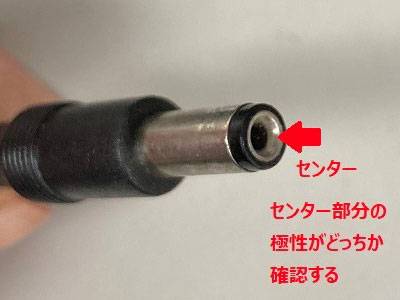
The following diagram is often used to indicate the center plus and minus, so let's check this as well. ↓

The black circle in the center points to the center, indicating plus or minus.
Now, let's also check the following image (the one used before) of the equipment!
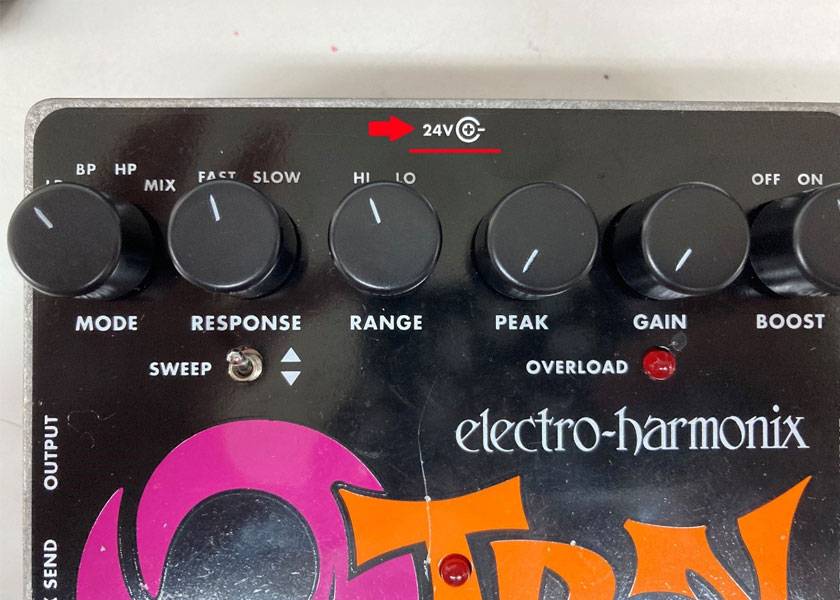
The center side is labeled “positive” and the outside is labeled “negative,” which means that the center positive 24V should be used.
In this way, check the descriptions on both the equipment side and the adapter side to select the appropriate adapter.
Incidentally, if the polarity is incorrectly reversed, this can also lead to equipment failure.
Polarity is an important factor, so be sure to keep it in mind.
3. Plug Size
There are two choices for the plug size: 2.1mm or 2.5mm.
What this refers to is the inside diameter of the center plug portion of the image below.
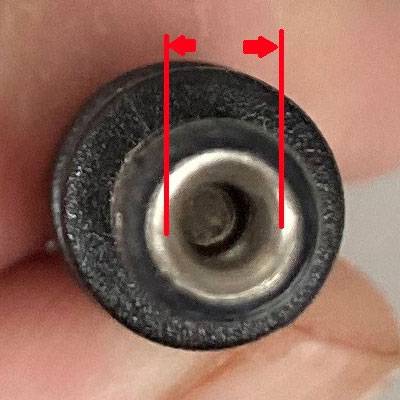
Plug inner diameter and inner diameter are often described as XX mm. 2.1 mm can be used for most general guitar effects pedals.
It is difficult to determine the difference between 2.5mm and 2.1mm just by appearance.
Even if you apply a ruler or scale, it is not easy to distinguish 0.4mm.
But don't worry!
There is such a convenient thing in the world.
This is a plug that can convert inner diameters!
Inner diameter 2.1mm to 2.5mm conversion plug
SH ( Sound House ) / DC9223
Inner diameter 2.1mm to 2.5mm conversion plug
SH ( Sound House ) / DC9204
Inner diameter 2.5mm → 2.1mm conversion plug
Even if you accidentally buy the wrong plug, this will save you some trouble.
These are the three essentials for selecting an AC adapter.
I hope this will be helpful.






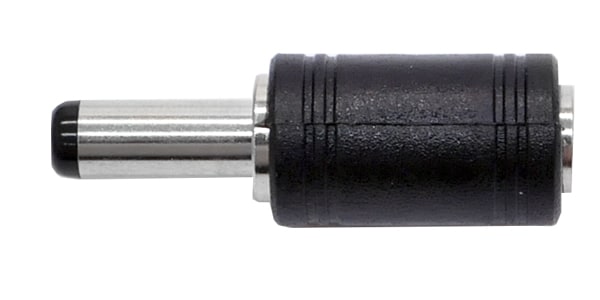

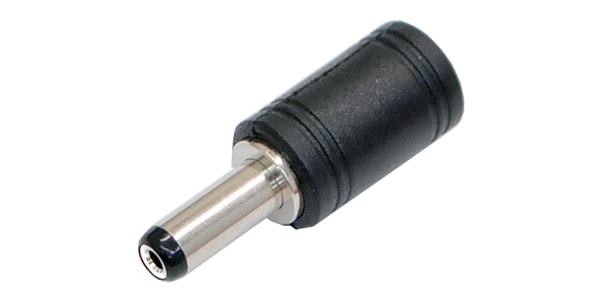

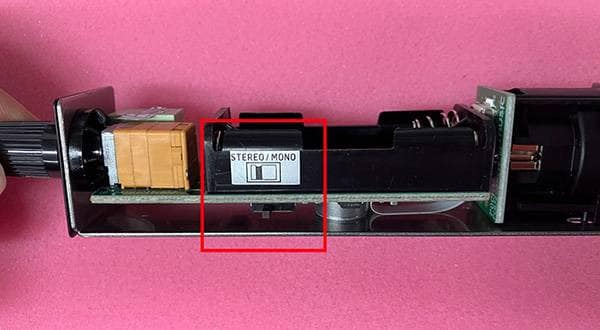

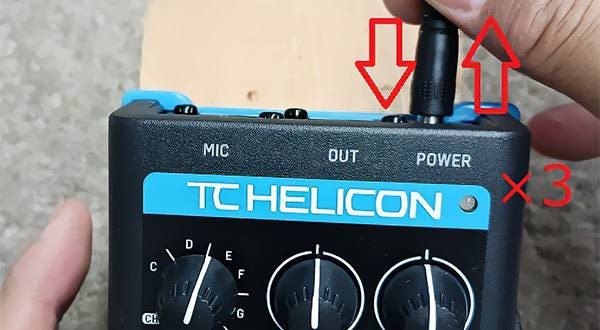
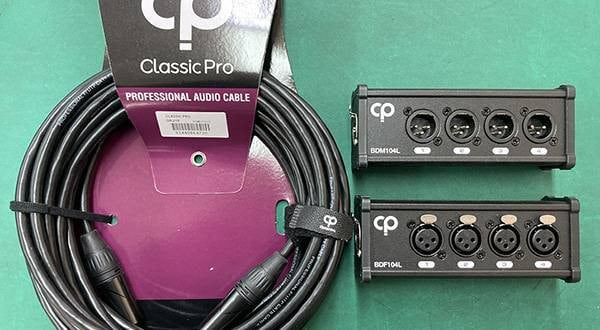
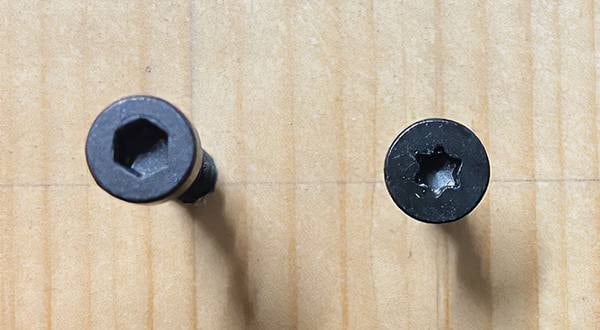
![How to Make a Shielded Cable for Beginners - An Easy-to-Understand Guide on Soldering [Preparation]](/contents/uploads/thumbs/2/2022/3/20220310_2_17029_1.jpg)
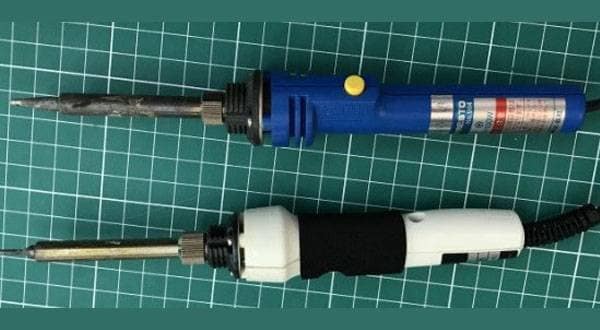
![[Latest for 2022] Simple Guide to Choosing a UPS](/contents/uploads/thumbs/2/2022/1/20220118_2_16206_1.jpg)
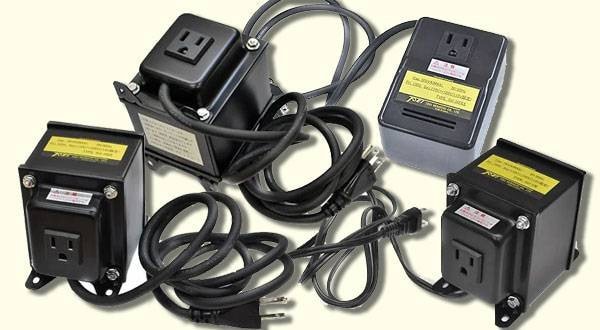

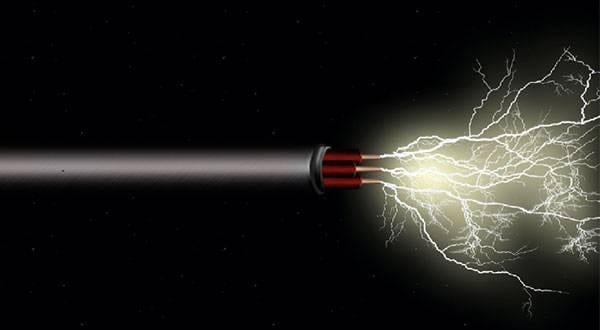
 お化けを倒してサウンドGET!
お化けを倒してサウンドGET!
 ライブ配信に必要な機材
ライブ配信に必要な機材
 バンドあるある相談
バンドあるある相談
 ライブ配信に必要な機材を徹底解説 オンラインライブの創り方
ライブ配信に必要な機材を徹底解説 オンラインライブの創り方
 サウンドハウス社員が選ぶ 『おもしろ商品』はコレだ!
サウンドハウス社員が選ぶ 『おもしろ商品』はコレだ!
 第2弾 あなたのエフェクターボード見せてください
第2弾 あなたのエフェクターボード見せてください















